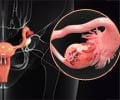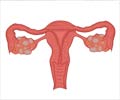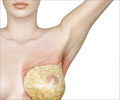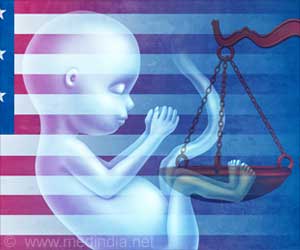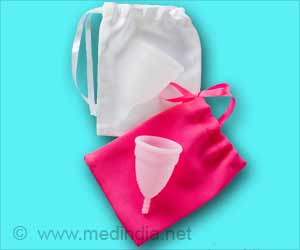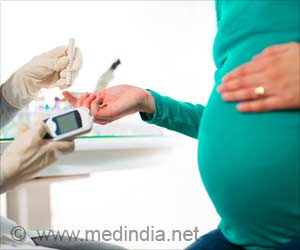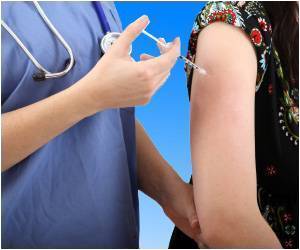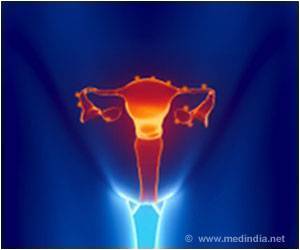Preventive removal of the ovaries before a woman reaches natural menopause is done to reduce the risk of ovarian cancer, it however causes many unpleasant symptoms. Hormone therapy(HT) helps to deal with these symptoms but the use of HT depends on a woman’s age, education and surgical history.
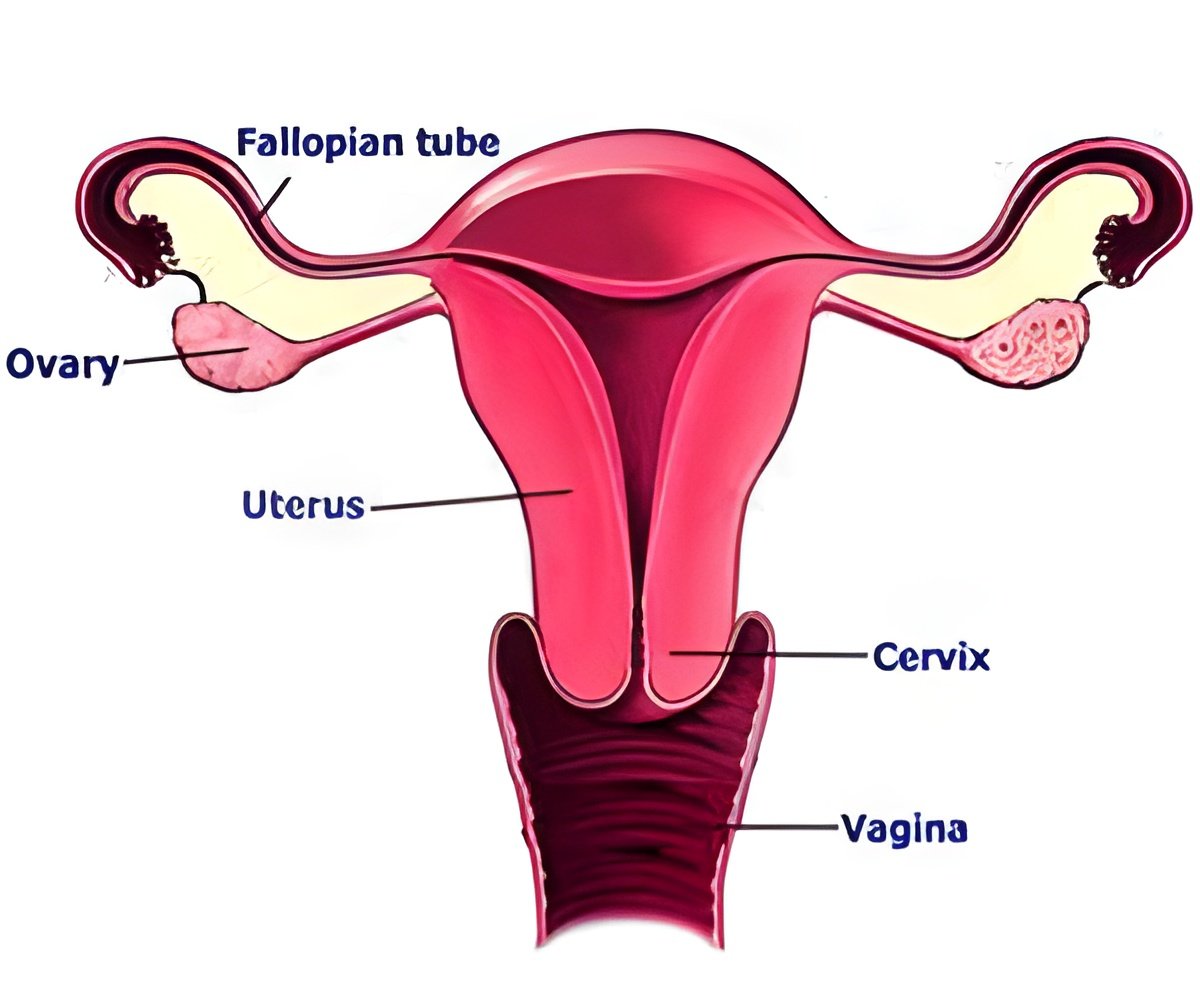
‘Hormone therapy (HT) has proven to be one of the most effective means for managing the symptoms of preventive removal of ovaries before natural menopause, and reducing long-term risks. HT is more likely to be used by younger, educated women, who have undergone preventive, mastectomy.’





Women who carry the high-risk BRCA gene may be likely to develop ovarian cancer. As a result, these women often undergo an oophorectomy to mitigate the risk. However, the preventive removal of the ovaries before a woman reaches natural menopause typically creates added problems, including severe hot flashes, sleep disturbances, mood changes, vaginal dryness, and decreased libido, in addition to potential long-term adverse effects on health.Hormone therapy has proven to be one of the most effective means for managing these symptoms and reducing long-term risks, but its use is somewhat limited because of concerns in this population of an increased risk of breast cancer, which was shown in women with a uterus who used a combination of estrogen plus a progestin in the Women’s Health Initiative trials.
A new study involving nearly 800 premenopausal women who underwent a preventive oophorectomy as a result of carrying the BRCA gene sought to understand how often women use HT after surgery and what factors most influence their decision to do so.
Researchers found that 61% of study participants used HT after their oophorectomies. The clinical and demographic factors that most influenced their decision were age, education, and surgical history. In particular, women who were younger at the time of surgery, who had a higher level of education, and who had also undergone a preventive mastectomy were more likely to use HT for the management of their menopause symptoms. The researchers hope that by understanding the factors that influence women’s decisions regarding therapy options, healthcare providers may be better positioned to address barriers to HT use and help improve women’s overall quality of life after surgery.
Study results appear in the article "Factors associated with use of hormone therapy after preventive oophorectomy in BRCA mutation carriers."
Advertisement
Source-Medindia

